There can be your advertisement
300x150
The Future of Design: How Modern Technologies Are Changing the Profession — And Why Designers Should Embrace AI
According to the latest report, 65% of companies are already experimenting with AI-generated mood boards, 55% use AI for VR/AR presentations, and the integration of AI has helped reduce project timelines by 20% and increase productivity by 30%.
These figures clearly show that artificial intelligence and virtual technologies are no longer signs of the future — they are already part of our present. That's why experience working with VR 360, AI, and 3D visualization is no longer just an advantage — it has become a requirement. In the past, hand-drawn sketches and several collages were enough to convey an interior concept. Today, that is no longer sufficient. Virtual tours, neural networks, and photo-realistic renders are becoming tools necessary in a modern designer's arsenal. Those who know how to use them effectively gain not only a competitive advantage — but also a new level of creative freedom.
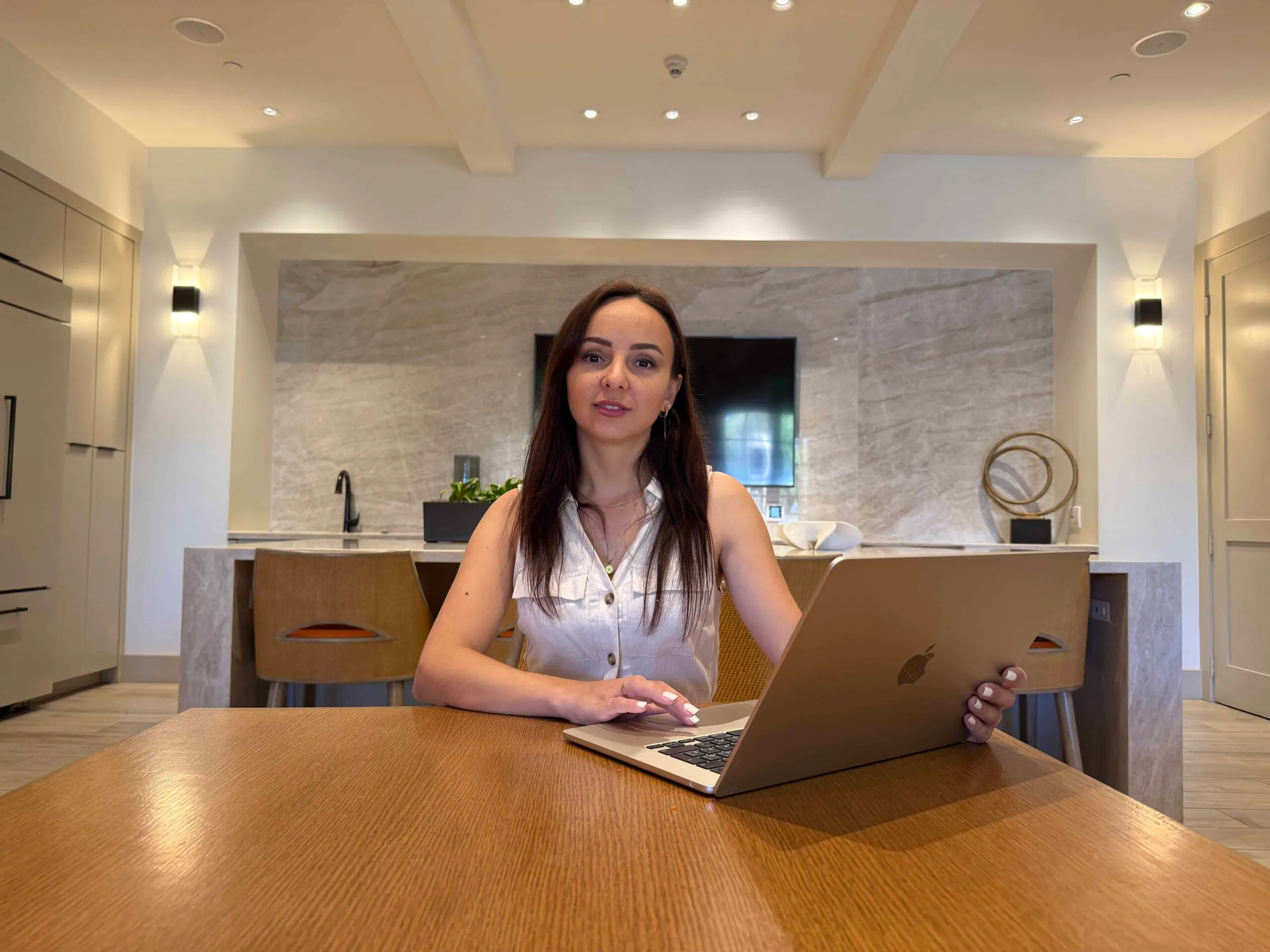
Olena Prihodko is an interior designer, artist and founder of Kebeta Design Studio in Ukraine and the US. With over 10 years of experience, dozens of completed projects, participation in prestigious competitions (such as 'Design of the Year' in Ukraine), international recognition, she actively integrates the latest technologies into her work. Member of ASID (American Society of Interior Designers), international expert, member of the jury at American Business Expo, participant in the 'Interior of the Year' competition in Ukraine, regular visitor to Salone del Mobile Milano and author of scientific articles on architecture and visual arts — Olena is at the forefront of integrating AI, VR and 3D tools into professional practice. With these technologies, Kebeta Design Studio in Ukraine and the US implements large-scale projects where aesthetics combine with precise engineering and emotional expression.
In this interview, she explains how virtual reality, generative AI, and digital environments help her not only work faster but also create interiors that are more accurate and 'alive'.
— Olena, you use VR 360 and 3D visualization in your projects. Has this become a standard in your studio or is it still more experimental?
This is a full-fledged tool. Today we rarely do a project without 3D visualization or a VR tour — especially if it's a complex space. It's important that the client feels the space, not just imagines it. With VR they literally step inside: they can feel height, scale, lighting and spatial relationships. This not only facilitates communication but also reduces the number of revisions at later stages.
Technologies are developing so rapidly that it's sometimes hard to keep up. But I firmly believe this is no longer the future — it's the present. That’s why at Kebeta Design we keep pace with time and integrate the most advanced tools into our practice.
VR 360 allows clients to literally 'enter' a design before it’s realized: feel the scale of the space, see details and immerse themselves in atmosphere. For designers, this is an effective way to reduce revisions and avoid the common phrase 'That's not what I had in mind'. When a client can confirm: 'Yes, that’s exactly what I meant', before the project even starts, the result fully matches expectations. That's why VR and 3D visualization are no longer experiments for us, but essential working tools.
— You also use artificial intelligence. How does it help?
I constantly monitor and test all significant updates in AI for interior design to be among the first to apply them. My belief is simple: AI is a powerful tool in the hands of a professional, not a competitor. The real threat isn't AI itself but the possibility that other designers will adopt it faster.
I often compare artificial intelligence to a horse: you can spend your whole life afraid of approaching it, or take control and ride forward at full speed. The longer you delay, the harder it becomes to catch up with those who are already ahead.
In our studio, AI has become an indispensable assistant: it handles routine tasks and frees up time for what really matters — creativity. This accelerates processes and allows us to focus on individuality and depth in each project.
— Are you concerned that AI might replace designers in the future?
On the contrary, I believe the opposite. Artificial intelligence enhances a designer's capabilities but can never replace taste, vision or sense of style. Over the past five years, the profession has changed dramatically, and I'm convinced that the next five will bring even deeper changes. That's why it's important to 'catch the wave' now and make AI your ally. For me, it's clear: AI should be a helper, not a rival.
— Which technologies do you think have truly transformed the profession over the last five years?
The key ones are neural networks, VR visualization and generative design. These tools have transformed not only the design process but also client communication. Today, clients no longer limit themselves to static drawings — they can 'try on' their future interiors, feel the space and experience the atmosphere. This allows us to create projects reflecting individual client preferences with maximum accuracy.
— Do you teach or share your experience with others?
Yes, I share knowledge about applying AI in interior design, but only in a private format. Earlier, I considered the possibility of creating a full course, but technologies evolve so quickly that information becomes outdated every two to three months. So I think it's more effective to provide focused knowledge that can be immediately applied in real projects.
— What advice would you give to designers who are just starting to explore digital tools?
Don’t waste a single day. AI is here — whether we like it or not, sooner or later we’ll all encounter it. Those who embrace it today will become leaders tomorrow. The key is not to fear change, but confidently step into a new reality where AI is a powerful partner that enhances the talent of designers.
More articles:
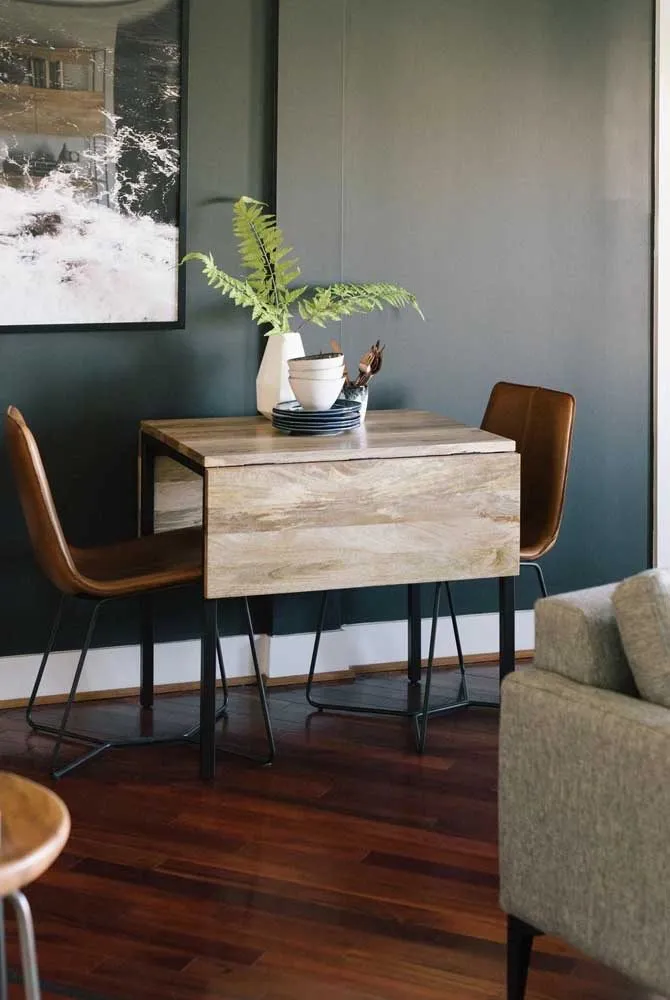 Table Decoration Ideas for Small Apartments
Table Decoration Ideas for Small Apartments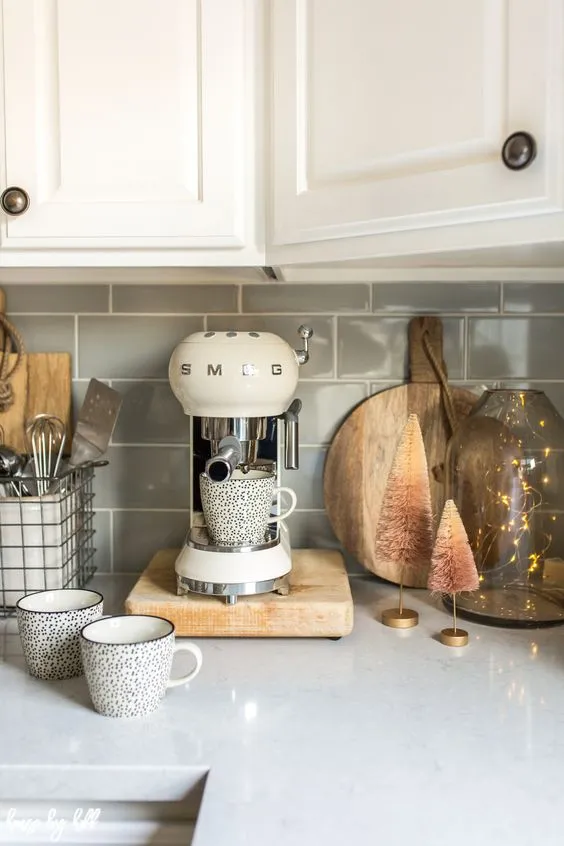 Tips for Decorating a Simple Coffee Corner
Tips for Decorating a Simple Coffee Corner Decorative Rugs That Will Steal Your Heart
Decorative Rugs That Will Steal Your Heart Decorating the bedroom with super modern headboards
Decorating the bedroom with super modern headboards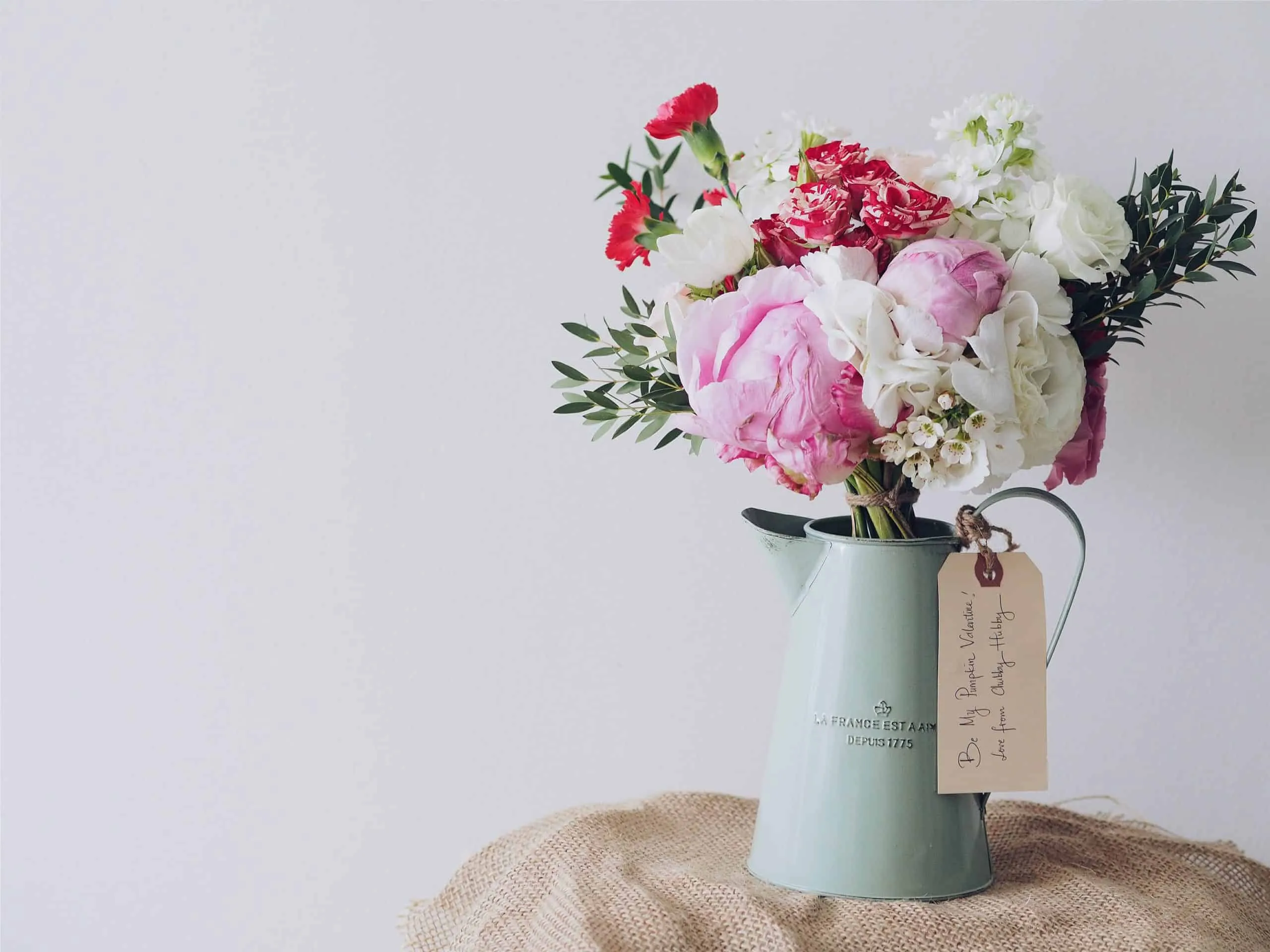 Decorate Your Home with Flowers: 6 Inspiring and Unique Ideas
Decorate Your Home with Flowers: 6 Inspiring and Unique Ideas Decorate Interior with Branches
Decorate Interior with Branches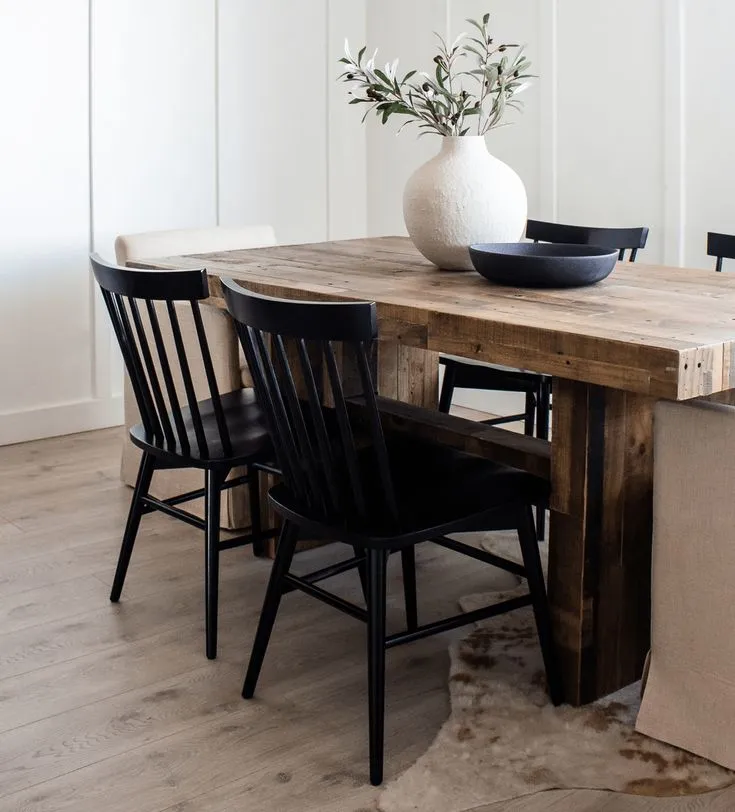 Decorate Your Home with Antique Furniture and Feel the Subtle Warmth
Decorate Your Home with Antique Furniture and Feel the Subtle Warmth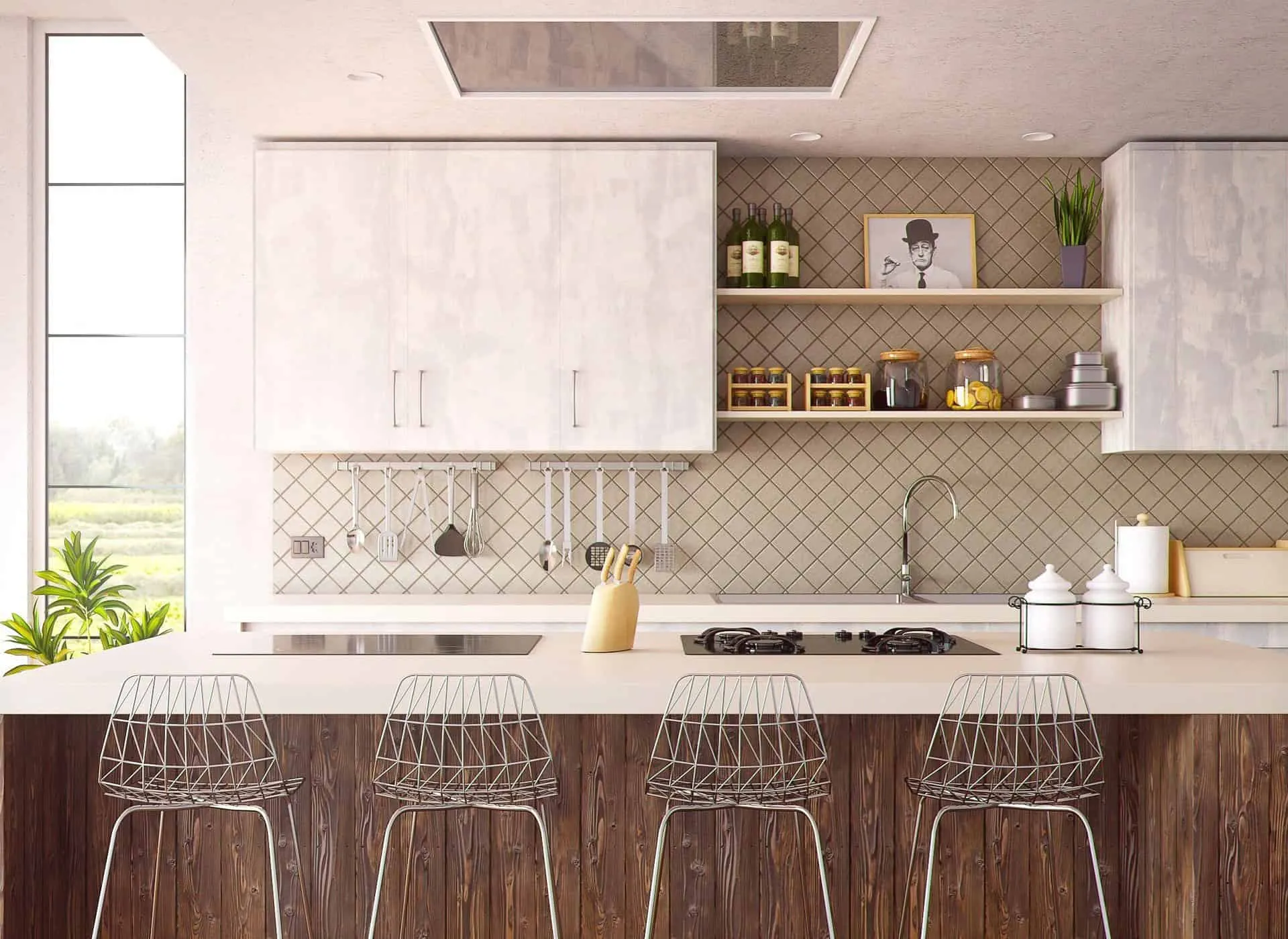 Kitchen Decoration: Several Simple Small Elements
Kitchen Decoration: Several Simple Small Elements